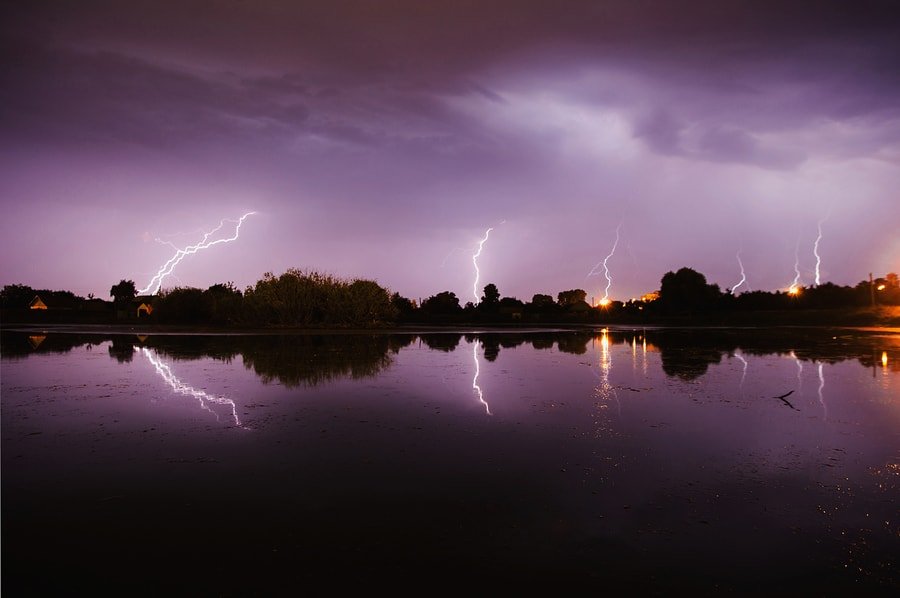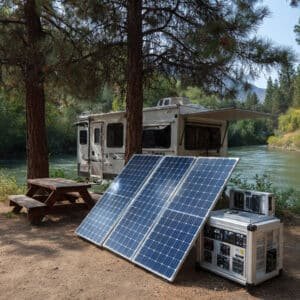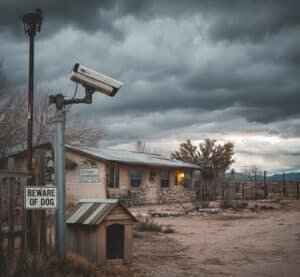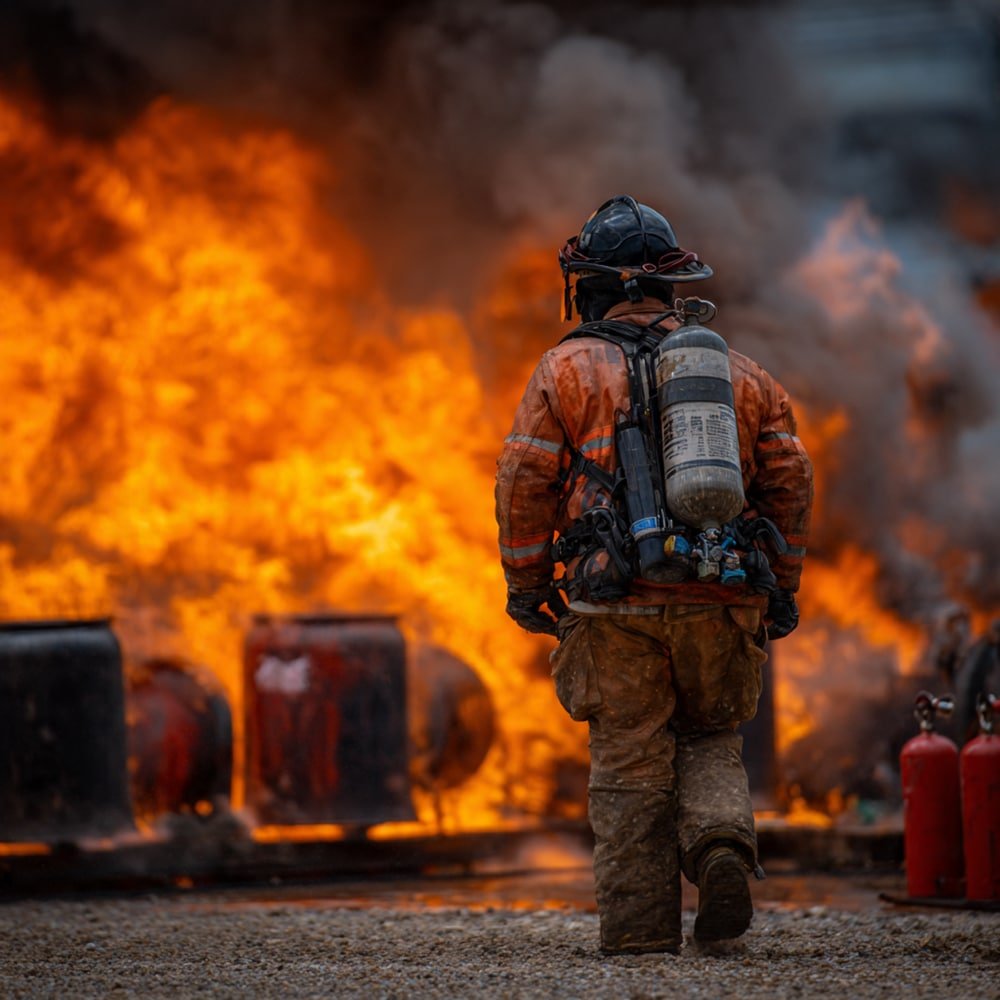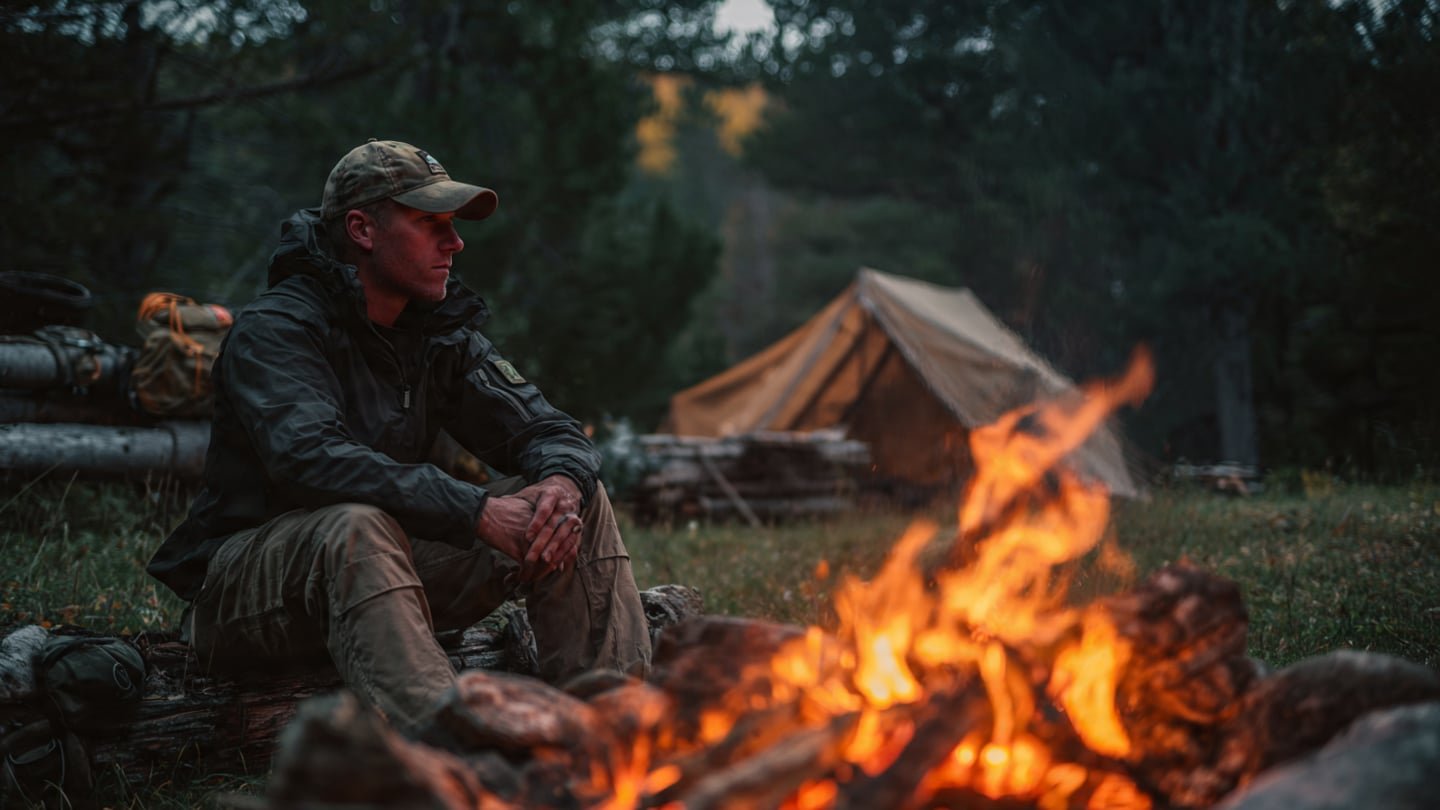Southeastern and Midwestern United States is bracing for another round of severe storms come weekend. According to AccuWeather, the Storm Prediction Center of the National Weather Service announced that a couple of preliminary tornadoes were spotted in Minnesota. Residents in the areas possibly affected by the round of storms are advised to prepare. That means you should be checking your emergency kits to see if you have the right storm survival gear on hand.
Basic Storm Survival Gear
[lookbook id=”38785″]
Food
When a strong storm is wreaking havoc, you don’t have the luxury of ordering takeout or going out to eat. If the power goes out, you can’t use your electric oven to cook or heat your food. During this time, you may be forced to have ready-to-eat meals.
Canned goods, MREs, energy bars, chocolates, nuts, dried food, cereals, crackers and other non-perishable foods will be your sustenance while waiting for things to go back to normal.
Ideally, you should have a fully stocked pantry to help you get through different kinds of disasters and emergencies. You also need to pack some food and water in your bug out bags to go with your other storm survival gear.
Water
If the water supply is not affected by the storm, you’re in a good place. However, storms and the flood that usually comes with them can contaminate the water supply. If this happens, you’ll be glad you have water stored properly in your home and bug out bags.
According to FEMA, you must store at least 1 gallon of water a day for each member of the household. This should be enough for your drinking and cleaning needs.
If you are forced to evacuate, you should also have your own stock of clean water. You can’t depend on FEMA or the charity of others to survive the storm. Make sure you have enough water for everyone for at least three days.
If by chance your water supply runs out before you can go back home, you’ll need alternative sources. Personal water filters and water purification tablets will definitely come in handy as well as a cookset for cooking meals and boiling water. Of course, you’ll need fire.
Fire Starters
During hurricanes, power almost always goes out. When that happens, you can’t cook or boil water on your trusty electric or microwave oven. If you have a gas stove, you can still use it unless your place gets flooded. Also, you have to shut off the propane system during disasters.
That leaves you with the old reliable – fire. You should know how to start a fire even without matches, lighters or other fire starters. Of course, you’re better off having these vital pieces storm survival gear on hand but a survival skill as important as this should be learned by everyone.
Light Sources/Illumination
Fire should not be your only source of light once the power goes out. Make sure you have LED flashlights, camping lanterns, and light sticks in your storm survival gear kit. Don’t forget to pack extra batteries.
Warmth
You’re dealing with a storm so it’ll be pretty cold. Aside from fire, you can stay warm by wearing the right clothes. Make sure you have cold weather clothes in your home and in each bug out bag.
Wool blankets, ponchos, rain coats, and emergency blankets should also be among your storm survival gear. You can also invest on hand warmers, disposable body warmers, and other storm survival gear that provides warmth.
[lookbook id=”38789″]
Shelter
In the event that you have to bug out, you’ll probably end up in an evacuation center. If this is the case, it’ll be pretty uncomfortable with all the other people there.
In more advanced countries, each family get their own private space. Ill-prepared evacuation centers, however, will likely let you settle anywhere. You’ll wish you have a tent or something to cover yourself from the other evacuees like a tarp or blanket.
Communication
Once you get wind of a storm heading your way, you should be vigilant. Stay updated by listening to the news on the television or radio. The internet is also a good place to get the latest new on the coming storm.
However, once the power goes out, all these things will be useless until after electricity is restored. Your best chance of getting up-to-date news is to have a battery-powered NOAA weather radio. There‘s also hand crank versions or a combination of the two. Make sure you have extra batteries.
Aside from your weather radio, you should also have your phones fully charged. You’ll need every bit of juice one the power goes out. A solar charger would be useful once the sun comes out. Until then, keep a fully charged power bank and extra battery pack for your phone.
There are better alternatives to your smartphones when it comes to storm survival gear. CB and HAM radios do not require electricity so you can continue to communicate with other users. These old school communication tools are, in fact, used by the government and emergency responders to conduct rescues during disasters.
First Aid Kit
Every home should have a first aid kit. The same goes with every bug out bag you have. Make sure your storm survival gear kit includes treatments for different kinds of wounds such as cuts, scratches and lacerations. You should also have something to relieve burns, skin irritations, allergies, swelling, and other symptoms.
Of course, you need instruments to apply first aid on someone who needs it. Scissors, tweezers, respirators, surgical gloves, surgical needle and thread are just a few pieces of storm survival gear you’ll need.
Iodine will also be useful in purifying dirty water. Hand sanitizers, alcohol, wipes and insect repellents will particularly be useful when a storm hits.
Include medications in your kit. You can’t go out and buy medicines during or after a strong storm. If there is a drug store open, chances are the line is pretty long. Make sure you’re stocked up on cold and cough medicines, pain relievers, and other over-the-counter drugs.
If you or anyone in your family suffers from an existing medical condition, make sure you have extra supply of the medicines or other stuff they need.
Hygiene Kit
Hygiene will be an issue during storms, especially when you have to evacuate. Lessen the discomfort and the risk of infection by packing a hygiene kit in your bug out bags. Aside from the wipes, alcohol and hand sanitizers, you should also have your soap, shampoo, small towel, toothbrush, toothpaste, mouth wash, dental floss, deodorant, lotion lip balm, toilet paper and garbage bags.
For the ladies, you need to have a supply of sanitary napkins and other feminine products. Sanitary pads, in particular, will come in handy when someone is hurt and bleeding.
Entertainment
Power’s out. That means no phone, tablets, laptops or Netflix. What do you do now to chill? Get some of those classic board games like Scrabble, Monopoly and Trivial Pursuit so you and the family have something to do while riding out the storm.
If you need to bug out, make sure you have something in your storm survival gear kit that’ll keep you and the young ones entertained. A deck of cards, a book, or crossword puzzles can do it for you.
For the children, bring coloring books, crayons or pencils, blanket, or their favorite toy, preferably one that will easily fit in a bug out bag.
Other Storm Survival Gear
The space in your backpack is limited so you better make sure you have all the essential storm survival gear. Aside from the ones already mentioned, you should have a multi-tool, pocket knife, compass, emergency whistle, signal mirror, duct tape, and paracord. You should also make space for all your important documents, wallet, cards, IDs, and cash. Make sure they’re in a waterproof container.
There are a number of other storm survival gear that you can include in your emergency kit. Homestead and Survival Site also made its own list of storm survival gear you need to have before it’s too late. It’s important to know as much as you can when it comes to preparing for disasters and emergencies so check this and other websites out.

Speaking of, head on to the Gentleman Pirate Club and take a look at all the tips they can offer regarding disaster preparedness. There are also articles on homesteading and prepping, topics which will be valuable during emergencies such as the coming storm.

Just a disclaimer – We have partnered with these companies because we use their products and/or proudly trust and endorse them – so we do receive a commission if you make a purchase or sign up for services. Often, we are able to negotiate special discounts and/or bonuses, which we will pass on to you via our links. We often get short notice on sale items available for 24-48 hours as we will pass these savings onto you.

